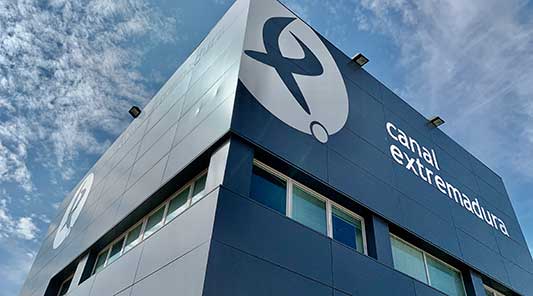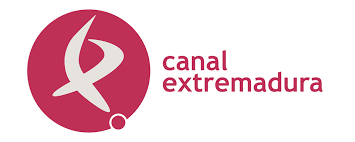Canal Extremadura


In the past, users knew they had to wait for content to be retrieved from the archive. Now it’s much faster than before. We have more drives and faster drives with the Quantum archive.


Scaling Up an Archive for Multimedia Transformation
Spain’s Canal Extremadura is in the middle of a large-scale transformation. The company strives to become a public multimedia corporation that produces rich, compelling audiovisual content for a full array of platforms.
Achieving this transformation requires technological change. The IT group needed to refresh an outdated infrastructure that lacked the flexibility for supporting an evolving business and the scalability for fast-growing volumes of multimedia content.
The existing archive became a significant pain point. The IT group ran out of room in the tape library and had to migrate video to a NAS just to free up space. Expanding the system would have been too expensive.
Any new archive solution had to integrate well with the group’s preferred media asset management (MAM) system from Dalet, which is essential for the company’s workflow. In addition, the archive would have to enable a smooth transition from the large existing environment, which contained old files in legacy media formats.
Selecting a Scalable Archive from Quantum
Dalet recommended Quantum, and the recommendation carried significant weight. The Canal Extremadura team knew that Dalet had validated integration of its MAM with the Quantum platform. “The technical information we received from the Dalet and Quantum teams was very helpful,” says Francisco Reyes, technical chief at Canal Extremadura. “They gave a very clear picture of how the solution would work and how it would be implemented.”
“We were impressed that the Quantum CEO reached out to us directly,” says Damaso Castellote, technical director at Canal Extremadura. “It was clear that the Quantum team was accessible, engaged, and deeply invested in the project.”
The IT group selected a Quantum StorNext solution that includes Xcellis storage servers, an Xcellis metadata array, a QXS disk storage array, and a StorNext AEL6000 tape library. The environment is fully integrated with the Dalet Galaxy MAM system.
Getting Up to Speed Fast and Streamlining Migration
To ensure Canal Extremadura could make the most of the new archive solution, the Quantum team provided multi-day onsite training. Meanwhile, the Dalet implementation team helped migrate the existing archive to the Quantum environment—a process that included transcoding some archived content from legacy formats. “The process took some time because we had a lot of data to migrate, but it was quite smooth,” says Reyes.
Gaining Rapid Access to Archived Content
The StorNext File System enables Canal Extremadura journalists, producers, and other team members to retrieve archived content quickly. Integrated online storage is part of the reason: With the StorNext environment, some content can remain immediately accessible on disk.
Even when content has been archived to tape, the IT group can deliver it to users rapidly. “In the past, users knew they had to wait for content to be retrieved from the archive,” says Reyes. “Now it’s much faster than before. We have more drives and faster drives with the Quantum archive.”
Moving to the latest LTO technology also helped accelerate retrieval. By upgrading from LTO-3 to LTO-8, Canal Extremadura can now store significantly more data on each tape. As a result, there’s a greater likelihood that each retrieval request can be satisfied without having to load multiple tapes.
“Journalists might be in a hurry to assemble a new video for that day’s news broadcast,” says Reyes. “With a faster archive, we can help them meet their deadlines.”
Strengthening Compatibility
Working with a single vendor—Quantum—eliminates potential compatibility problems from the multi-vendor environment. With the new archive, the StorNext platform facilitates smooth data movement from online disk storage to the tape library. That integrated environment works with the Dalet MAM system to support a complete production and post-production workflow, from ingest to archiving.
Moving Forward with a Multimedia Transformation
The new archive environment provides the long-term scalability to support the company’s shift from traditional TV and radio to more multimedia work. Says Reyes: “With a scalable archive, our company can stay focused on delivering engaging content instead of worrying about where to store it.”


